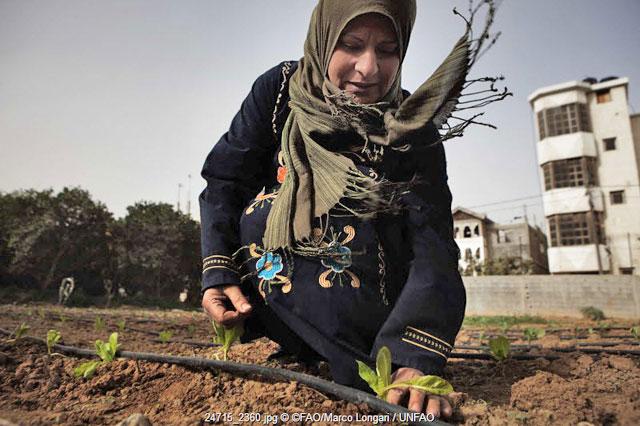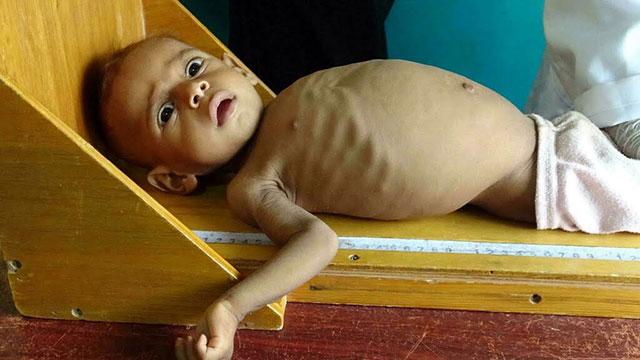You are here
Conflicts hamper fight against hunger in Mideast — FAO
By AFP - Jun 03,2015 - Last updated at Jun 03,2015
BEIRUT — Conflicts and instability are hampering the fight against hunger in the Middle East at a time when undernourishment is on the rise, the UN's Food and Agriculture Organisation warned Wednesday.
Presenting a report on the Near East and North Africa (NENA) region's progress on Millennium Development Goals set in 1990, FAO said MENA was the only region of the world in which hunger had increased.
"Conflicts and protracted crises in Iraq, Sudan, Syria and Yemen, as well as in the West Bank and Gaza Strip, mean that NENA is the only region to have seen its overall prevalence of undernourishment increase," the report said.
"The NENA region, as a whole has witnessed a serious setback in its fight against hunger," said the FAO assistant director-general for the region, Abdessalam Ould Ahmed.
"Conflicts and protracted crises are the main drivers of food insecurity in the region."
FAO said around 33 million people in the region were now chronically undernourished, a rise in prevalence from 6.6 per cent in 1990 to 7.5 per cent.
While it called the number "unacceptably high”, it also stressed that 15 of the region's 19 countries had achieved the Millenium Development Goal target of halving the proportion of people undernourished or keeping it below 5 per cent.
Still, in countries in the region at war, the agency sounded the alarm about the growing threat of hunger.
It said 9.8 million people in Syria were in need of food assistance, and noted that 2014 was a very dry year, affecting crop production.
"Domestic production in Syria was the lowest in the past decade," said Maurice Sade, FAO's Lebanon country representative, adding there had been a breakdown of the animal health system in Syria.
So far, rainfall in 2015 has been comparatively good in Syria, he added, but he noted that key growing areas in Hasakeh and Idlib provinces are difficult to access because of fighting.
The report said the Syrian conflict would “likely have a long-lasting impact on food security and nutrition inside Syria and on the Syrian refugee population”.
Elsewhere, the report also highlighted hunger problems in both Yemen and Iraq.
In Yemen, it said, around half the population required humanitarian assistance at the beginning of 2015, even before the latest conflict involving Saudi-led air strikes in the country.
And in Iraq, the prevalence of undernourishment has gone from just 8 per cent in 1990-1992 to 23 per cent in 2014-2016, the report said.
Related Articles
The number of undernourished in the Near East and North Africa (NENA) has more than doubled since 1990 standing now at about 33 million peoples, according to the recently released UN Hunger Report.
AMMAN — The prevalence of undernourishment (PoU) in Jordan rose sharply following the start of the Syrian crisis, a recent report by the Foo
CAIRO — A third of people in the 420-million-strong Arab world do not have enough to eat, the United Nations said on Thursday, highlighting














